Jasmine flowers come in a range of soft colors such as pink, white, and yellow. While, generally, they mean purity, innocence, and fortune, each of these colors carries a certain meaning.
For instance, pink jasmines symbolize fondness and new love, white jasmine blossoms signify beauty, passion, and sensuality, and yellow jasmines represent grace and refined actions.
Scroll down to learn more about the incredibly lovely jasmine flower—its basic botanical information, meanings, colors, uses and benefits, when to gift it, and more!
Jasmine Flower Quick Description
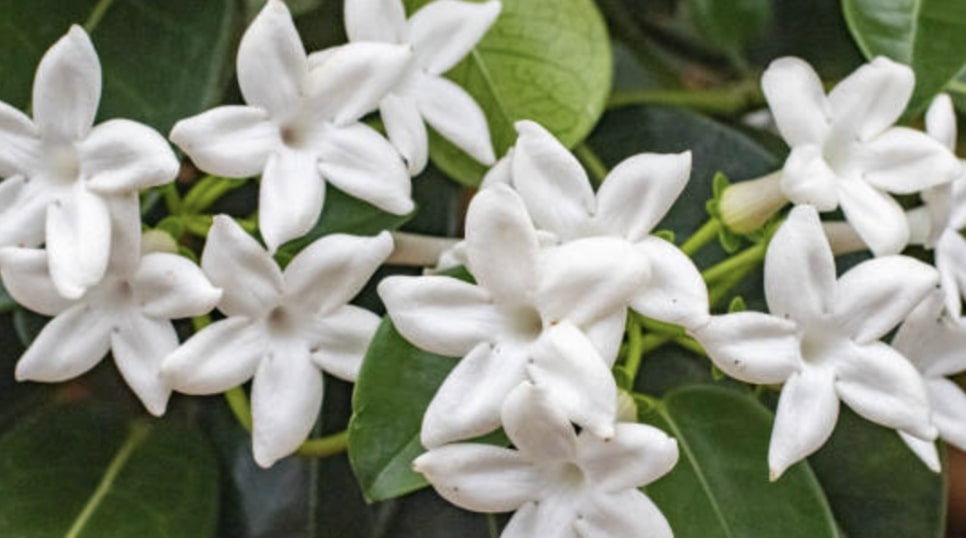

The Jasmine flower is a perennial plant belonging to the genus of Jasminum. Currently, this genus is comprised of about 200 species of aromatic shrubs and plants from the olive family.
Jasmines are native to many regions with a tropical or temperate climate, including Asia, Europe, and the Middle East.
Due to their beautiful, delicate blooms, they’re excellent as gift bouquets, table displays, and ornamental garden plants. Also, having a strong scent, they’re used in making perfumes, soaps, lotions, and candles.
How would you describe a jasmine flower?
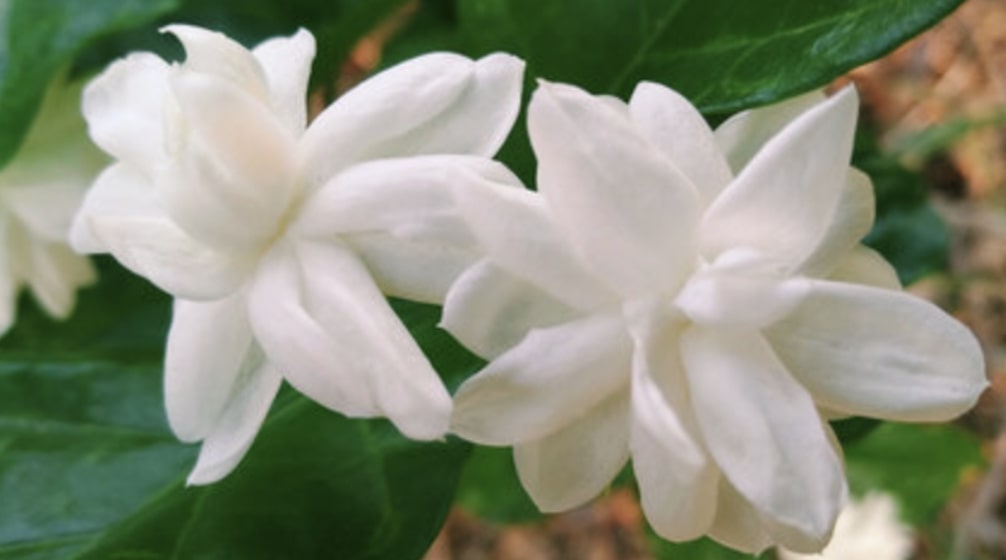

Jasmine flowers have single or double flower varieties and climbing branches. A single flower has one set of petals, while a double flower has two layers of petals forming on its structure.
Depending on the species, the jasmine flower may sport a pinwheel, bell, or star shape. Its leaves are dark green and can have single or compound leaf formations.
Apart from that, most jasmine flowers produce dual-lobed blackberries that are toxic and fatal to humans and pets when ingested.
Upon maturity, the semi-vining plant can grow to be up to about 2.5 cm in diameter and 10 to 15 feet tall or wide. They can easily fall over, so growing them on an arbor or trellis is ideal.
Alternatively, they can be grown as a shrub, but this would require the owner to prune them frequently.
Jasmine’s Name Origin


“Jasmine” is derived from the Persian and Arabic word yasmin. In the first language, it means “a gift from God,” while in the latter, it translates to “fragrant flower.”
The botanical name of the Jasmine is Jasminum, which is a part of the sizable family of Oleaceae or olive shrubs and vines.
The flower is sometimes spelled as Jessamine, and many newborn girls today are given this name.
The Meanings and Colors of Jasmine
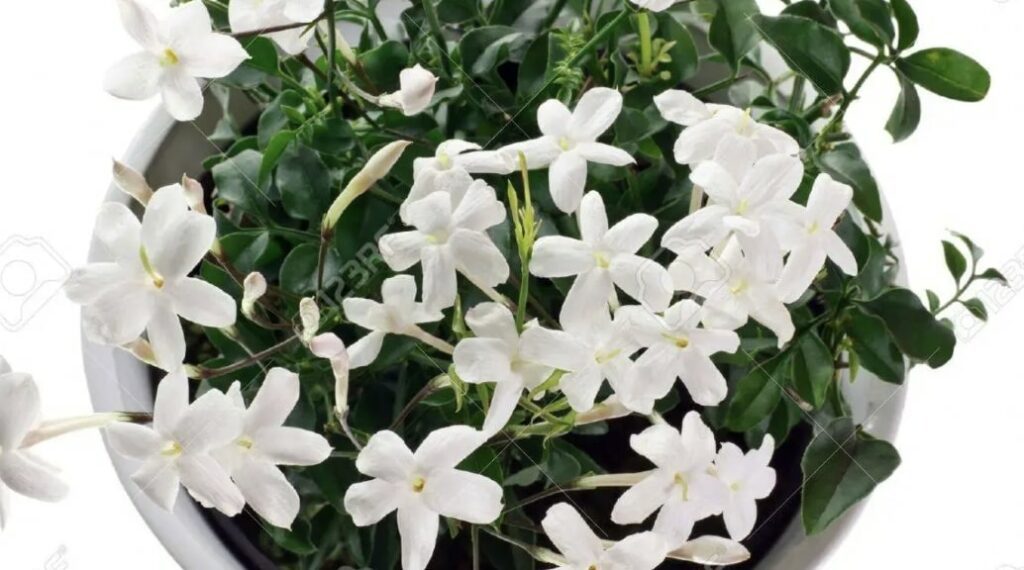

We’ll now look into the meanings and colors of the Jasmine flower and when it is appropriate to give:
- Pink
Pink jasmine is a flower color suggesting a lighter romance, beauty, and affection. It also expresses femininity or girl power as well as a gentle and caring personality.
Therefore, it’s great to be given to a lover or a woman you admire. They’re great to give your mom on Mother’s Day too.
- White
White is the most popular color of jasmines and signifies the wonderful meanings of purity, innocence, and virginity. When people think of jasmines, it’s usually white jasmines they see in their minds.
You can commonly see white jasmine as a standalone flower or part of a floral arrangement in wedding celebrations and baptisms.
Gifting a person with white jasmines shows them that you think of them highly with care and respect.
- Yellow
Joy, optimism, and good luck are associated with yellow jasmines. We can’t help feeling this way when we behold this flower.
It’s great to give to someone who needs a little bit of cheering up in their lives, recovering in a hospital, or suffering heartbreak.
But it also suits ordinary situations. Displaying yellow flowers at your shop can make it look more inviting and cheerful, and wearing them as a hairpin certainly adds charm to your look.
- Purple
They’re as lovely as they get. Purple jasmine is an utter fascination! They mean nobility, dignity, and wisdom.
Purple jasmines are for people that have inspired you with their kind words and actions, those who are lovable and honest, and those who are sociable and helpful.
If you know of a person with a noble demeanour and royal aura, then purple jasmines are the flowers that suit them.
- Red
Similar to other red flowers, the red jasmine represents romance, passion, and courageous love. They can be a perfect substitute for roses if you can’t find them at your local florist.
Celebrating an anniversary or Valentine’s Day? Or are you professing your love for the first time?
Then red jasmine is fantastic, and they’re more unique as well!
Not only can these blooms impress your spouse or lover with their beauty, but they can also intoxicate them with their bold fragrance.
- Blue
Blue jasmine flowers carry a special meaning of honesty and trust. These are expressed by their vibrant hue and cool harmonic color.
Given this, you can give blue jasmines to your best or close friend because, in good times and bad, they’re the ones you can lean on and draw strength from.
Also, if your best friend is also your soulmate, then mixing blue and red flowers can be a brilliant gift idea.
- Orange
Because orange results in mixing red and yellow, the orange jasmine flower expresses these two colors’ qualities, which are romance, passion, and positive energy.
Stressed individuals can benefit to see this kind of flower because orange suggests the idea of energy and endurance. More importantly, giving this flower will show that you’re thinking of them.
Besides that, you can surprise someone you love who’s animated and lovely with orange jasmine flowers, as this perfectly reflects their character.
The Symbolism of the Jasmine Flower
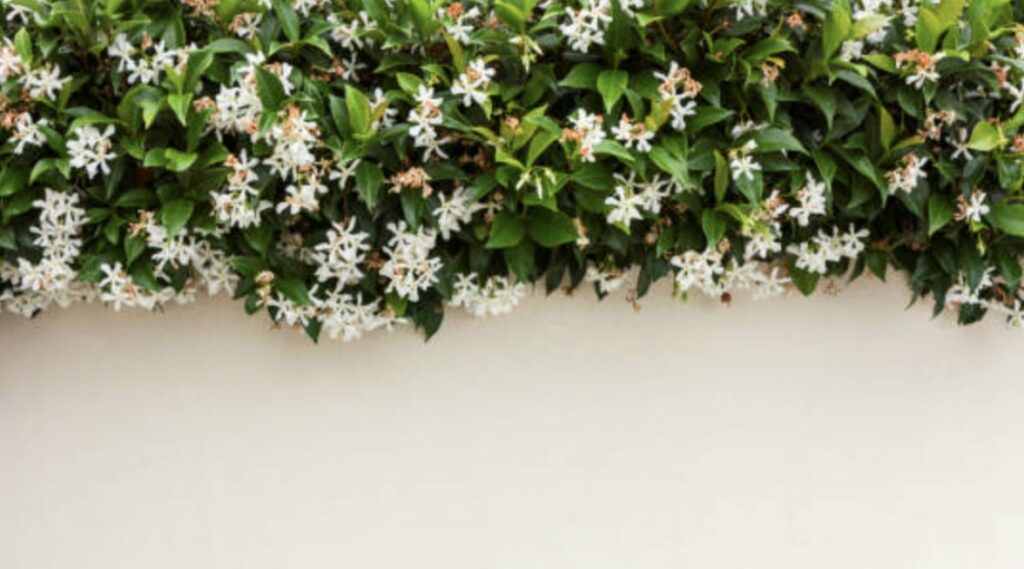

Since ancient times, the jasmine flower has been highly regarded and well-loved by everyone across various countries and cultures thanks to its amazing beauty and palette of colors.
In the 14th century, Italians believed that the jasmine represented the Virgin Mary.
Also, many medieval paintings showed women who sit under the enveloping shade of climbing jasmines. The flower can be said, therefore, to be great as decoration.
Next, Persians and Egyptians used jasmine oil to freshen the air with its rich and fruity fragrance. The Persians were the first to do this, and Queen Cleopatra adopted it later and used it on her dresses to attract her lover Marc Antony.
In Tunisia, they have a practice of twisting jasmine flowers together so they appear as one. And this symbol stands for unity, love, and fidelity.
In India, jasmine is associated with the Hindu god Vishnu. They use it for rituals in temples and houses with the aim to make their spirit pure.
Also, Kama, the Indian Cupid, is depicted as sitting on a parrot and shooting arrows of jasmine flowers to stir love between two people. The jasmine flower can also symbolize forbidden love for them.
Besides romance and wealth, the flower is taken to mean sweetness, gratitude, and kindness of a woman in China. Interestingly, it’s believed here that drinking jasmine tea every day can help prevent cancer.
Other than that, jasmine is the national flower in Pakistan, Indonesia, and the Philippines.
In Java, Indonesians use jasmine as their wedding flower because it symbolizes purity, innocence, and lasting love.
In the Philippines, jasmine wreaths are often hung on religious images as a sign of respect and faith, and in Thailand, jasmine is regarded as a symbol of motherhood.
The Uses and Benefits of Jasmine Flowers
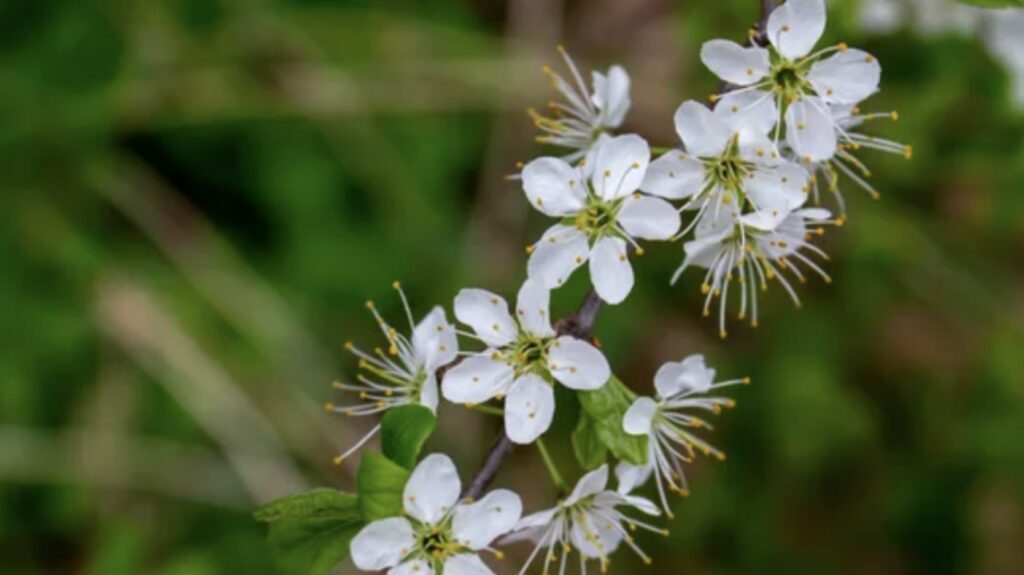

The powerful, sweet, and relaxing fragrance of jasmine flowers has been sought after by people for thousands of years.
a. Jasmine in Perfumes
It has been used to make perfume in addition to body care products like soap, shampoo, and lotion.
The process of extracting this scent from jasmine is called enfleurage. It involves adding its flowers to a boiling pot of fat, which then transfers the aroma to the liquid it is in.
b. Jasmine in Medicine
Moreover, jasmine flowers have played a big role in therapeutic and herbal medicine. It’s used as an essential oil that is diffused throughout the room.
Studies prove that jasmine oil can help with depression, stress, and sleep among patients. Aside from that, it acts as an aphrodisiac, which works to increase sexual desire.
It’s not limited to that, because the jasmine essential oil can be applied directly to the skin to reduce skin itchiness, irritation, and body aches and pains too.
Plus, according to WebMD, jasmine helps to treat liver disease, cirrhosis (scarred liver), dysentery (abdominal pain as a result of diarrhea), stroke, and cancer.
How do you care for potted jasmine?
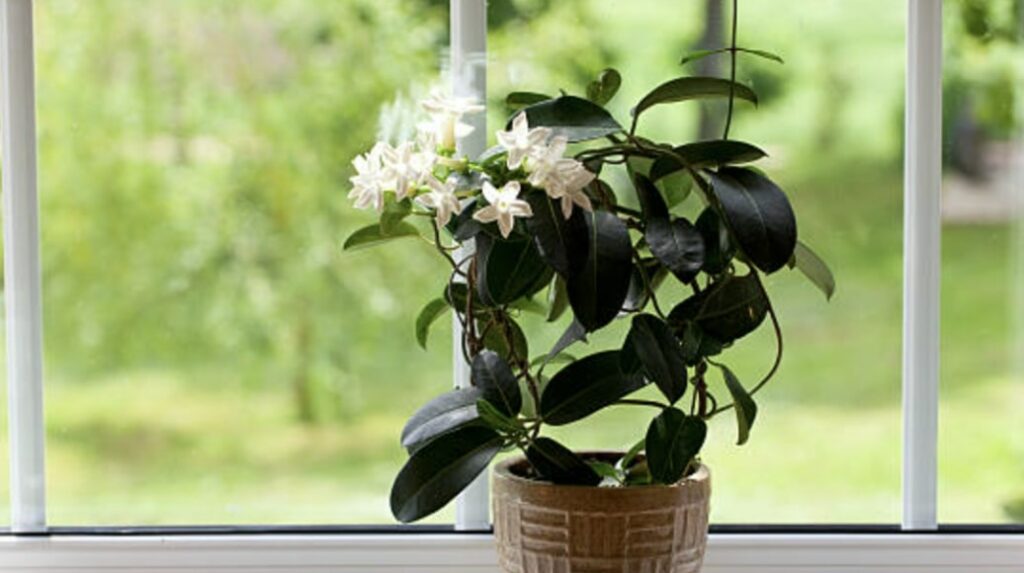

Below are some care tips should you decide to grow jasmine flowers in your house or yard:
- Place the plant where it can get bright and partial sun to foster healthy growth.
- Keep the jasmine flower in a fairly cool location, preferably at 60℉ to 75℉, with good airflow.
- Water the soil only until it’s slightly moist but not soaked. Let it dry before watering it again.
- During spring and summer when jasmines grow, feed it with a liquid fertilizer every few weeks.
- Tie the vine’s branches on a support structure like an arbor, trellis, or stake.
- You can repot the plant during spring.



